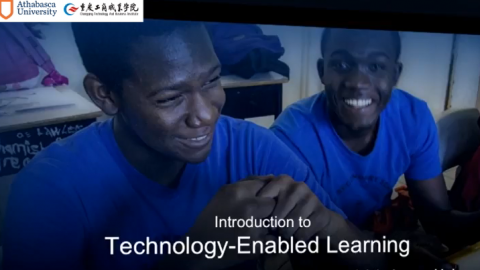Open Educational Resources (OER)
are free learning resources that have been openly licensed or are in the public domain, and can be used or reused for free.
OER formats include text (eitherprint or
digital); audio, video, or multimedia, or various combinations of these. They can support a single learning point, a lesson, a series of lessons, a whole course, or even an entire programme of study. What is open education?
Open education refers to educational approaches that prioritise participation in, and
access to, teaching and learning. One of the defining features of open educational approaches is the creation and use of Open Educational Resources 一一 learning resources that have been made available under an open licence. The best known open licences for OER are the Creative Commons licences.
Promote and use OER to widen access to education at all levels, both formal and non一formal, in a perspective of lifelong learning, thus contributing to social inclusion, gender equity and special needs education. lmprove both cost一efficiency and quality of teaching and learning outcomes through greater use of OER.
Legal freedom: technological freedom, education and participation
Technological freedom
benefits from school level, educator's perspective, classroom, student perspective
Open Educational Resources enjoy a range of social, educational and financial benefits. OER can support schools and school staff in increasing access, fostering collaboration and ensuringvalue for money.
By openly licensing learning materials, schools can provide additional value 一 making publicly funded works available for public benefit, through open and free exchange.

